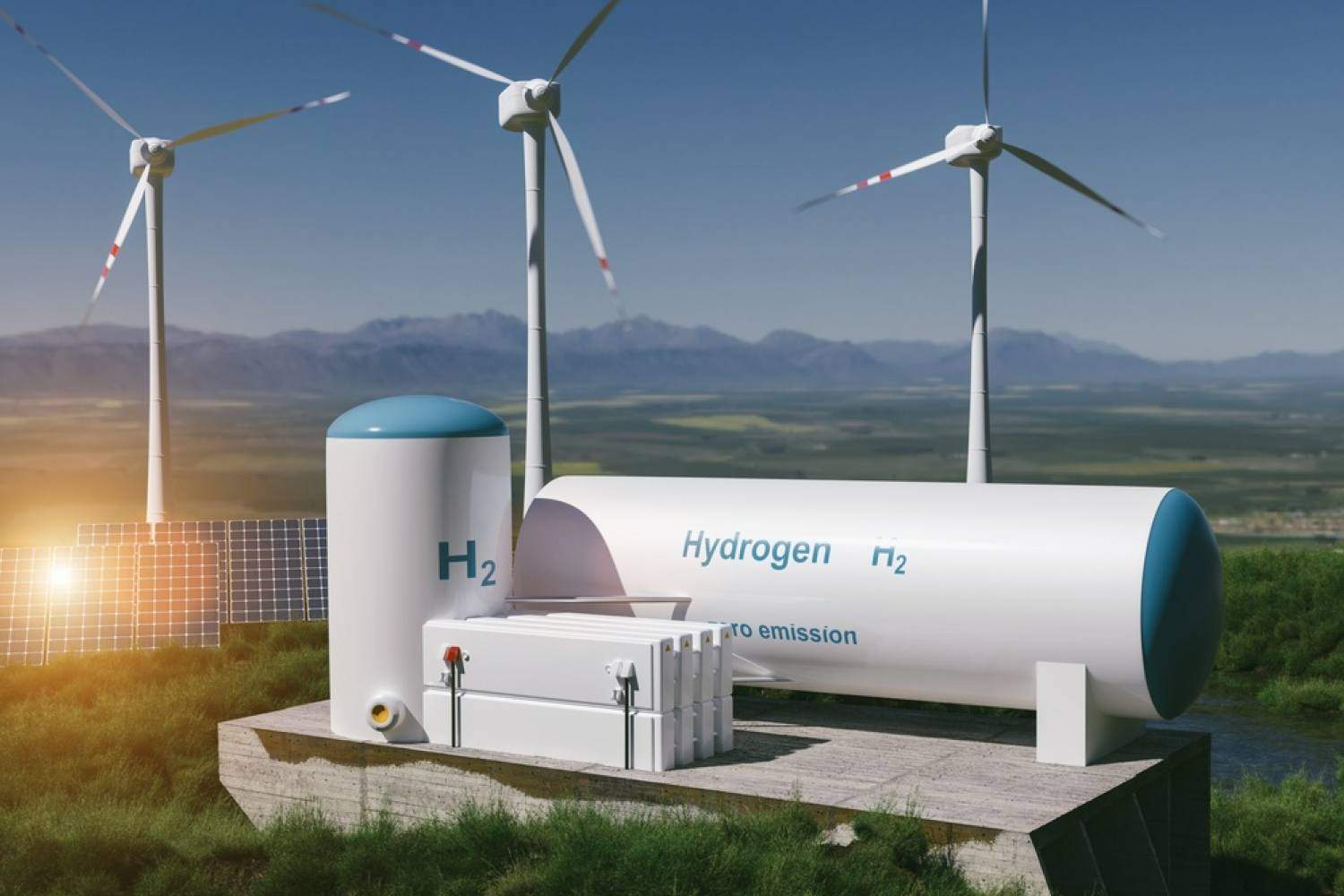The genesis and growth of Namibia’s blossoming bud, green hydrogen
A look into our green future
Namibia, a country historically reliant on fossil fuels, is finally beginning to reap the fruits of its green hydrogen ambitions, as it embarks on the path to solidify itself as a frontrunner in the green hydrogen industry. This clean energy source, produced by splitting water molecules using renewable electricity, has the potential to revolutionise various sectors - from transportation and power-generation to fertiliser-production and steelmaking.Following the government’s recognition of its potential to diversify the Namibian economy and combat climate change while creating sustainable jobs in 2020, Namibia has not only made great strides since the launch of a green hydrogen strategy, but has also gained international recognition as the industry rapidly gains momentum.
Investments
With Namibia’s ambitions to position herself as a hub for renewable energy innovation, several billion-dollar investments have been made at both local and international level. These include the establishment of Namibia’s sovereign wealth fund, SDG Namibia One, in 2023, which saw an initial funding of approximately N$850 million provided by Dutch investment entity, Invest International.
International investments include Hyphen Hydrogen Energy’s approximately N$180 billion injection into a green hydrogen project in Lüderitz. While the construction of Phase 1 is still underway, the project aims to produce 350 000 metric tonnes of green hydrogen per year during this phase, with expected benefits of creating 15 000 jobs during construction and 3 000 permanent jobs upon full operation.
In terms of Namibia’s climate change efforts, additional expected outcomes of the project include the reduction of five to six million tonnes of CO2 emissions per year, contributing to Namibia’s sustainability goals.
Additionally, the Namibian government selected four Power-to-X green hydrogen pilot projects that received north of N$610 million in German-backed funding. The projects, selected out of 25 applications submitted in 2022, are all located in the Erongo Region and are set to aid in kick-starting the country’s hydrogen economy.
Significant new infrastructure, such as ports, roads, railways, transmission lines and pipelines for water and hydrogen would have to be built. Together, we would need to move billions of dollars to achieve this feat,” late president Hage Geingob said during a global renewables and energy efficiency pledge at the 28th United Nations Climate Change Conference (COP28), which took place in Dubai in 2023, highlighting cross-sectoral benefits of green hydrogen investment in the country.
Building capacity
Despite strides in securing financial investment, the future success of Namibia’s blossoming green hydrogen bud is not solely dependent on fiscal stability, but the capacity of skills and knowledge of the workforce that will be responsible for the industry’s sustainable growth in the years to come.
“[Unam] has invested its human resources and availed office and laboratory space for the Namibia Green Hydrogen Research Institute (NGHRI), established in 2021. Through the efforts of the NGHRI, Unam is a research partner to all three pilot projects on green hydrogen - namely the Daures Green Hydrogen Village (DGHV), the dual-fuel (diesel-hydrogen) locomotives and the green hydrogen refuelling station. More than 62 staff members within Unam participate in green hydrogen research,” spokesperson Simon Namesho said.
He went on to add that scholarship funds, administered by the Southern African Science Service Centre for Climate Change and Adaptive Land Management (SASSCAL) in Namibia, include funding for capacity building through master’s degrees, and technical and vocational education and training scholarships offered to Namibian citizens below the age of 35.




Comments
My Zone
No comments have been left on this article